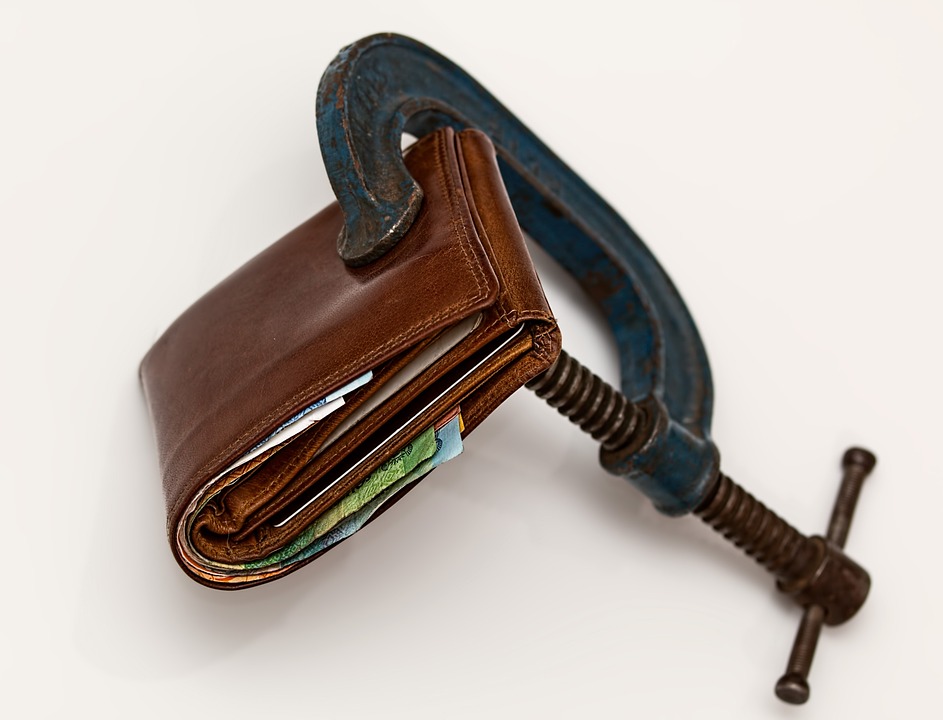Last updated Jun. 20, 2024 by Peter Jakes
How to Build an Emergency Savings Fund
Building an emergency savings fund is a critical aspect of financial planning. Life is unpredictable, and unexpected expenses can occur at any time – from medical emergencies to car repairs, household issues, or job loss. An emergency savings fund acts as a financial buffer that helps you avoid debt, remain composed during crises, and maintain financial stability. This article will outline the steps to building an effective emergency savings fund and provide insights into maintaining and growing that fund over time.
Why You Need an Emergency Savings Fund
- Peace of Mind: Knowing that you have money saved up for emergencies allows you to sleep better at night.
- Avoid Debt: Instead of relying on credit cards or loans, you can use your savings to cover unexpected expenses.
- Financial Independence: An emergency fund gives you the freedom to make decisions without financial pressure.
- Necessities Coverage: It ensures you have money to cover basic needs even during tough times.
Steps to Build an Emergency Savings Fund
-
Set a Target Amount
Begin by deciding how much you want in your emergency fund. Experts typically recommend saving three to six months’ worth of living expenses. Factors to consider include job stability, number of dependents, overall health, and existing savings.
-
Create a Budget
Make a detailed budget to identify your expenses and income. Categorize your expenses into fixed (rent/mortgage, utilities, groceries) and variable (entertainment, dining out). This budget will help you determine how much you can afford to save each month.
-
Open a Separate Savings Account
Create a separate account specifically for your emergency fund. This account should be easily accessible in case of emergency but not so accessible that you’re tempted to dip into it for non-emergencies. A high-yield savings account is a good option as it offers higher interest rates compared to regular savings accounts.
-
Automate Your Savings
Set up automatic transfers from your checking account to your emergency savings account every month. Automation helps you consistently contribute to your fund without having to remember to make manual transfers.
-
Cut Unnecessary Expenses
Review your budget to identify areas where you can cut back. Redirect the money saved from cutting these expenses into your emergency fund. This could include canceling unused subscriptions, dining out less, or finding cheaper alternatives for various services.
-
Increase Your Income
Look for ways to boost your income. This could be through a part-time job, freelancing, selling items you no longer need, or monetizing a hobby. Extra income can accelerate how quickly you reach your savings goal.
-
Build It Gradually
Don’t get discouraged if you can only save a small amount each month. The key is consistency. Over time, even small contributions can grow into a substantial emergency fund.
-
Review and Adjust Regularly
Regularly revisit your budget and savings plan. As your income, expenses, or financial goals change, adjust your contributions accordingly. Aim to increase your contributions whenever possible.
Maintaining Your Emergency Fund
-
Only Use for Genuine Emergencies
Only dip into your emergency fund for true emergencies. Non-essential expenses do not qualify.
-
Replenish Immediately
If you use some of your emergency fund, prioritize replenishing it as soon as possible.
-
Keep Contributing
Even after reaching your target amount, continue contributing. Life circumstances change, and what you need in the future may differ from what you need now.
-
Watch the Interest Rates
Pay attention to interest rates offered by your savings account. Consider moving your savings to a different account if a better rate is available elsewhere.
✓ Short Answer
In this article, we discuss the importance and steps of building an emergency savings fund. Key actions include setting a target amount, creating a budget, opening a separate savings account, automating savings, cutting unnecessary expenses, increasing income, building gradually, and regularly reviewing and adjusting contributions. An emergency savings fund is essential for providing financial security and peace of mind. By carefully planning and sticking to disciplined saving habits, you can create a financial cushion that safeguards you against life’s unpredictable moments. The journey to building a robust emergency savings fund involves strategic planning, consistent effort, and regular reassessment
FAQs
1. How much should I save in my emergency fund?
Experts usually recommend saving three to six months’ worth of living expenses. However, the amount can vary based on individual circumstances such as job security, health, and family needs.
2. Can I keep my emergency savings in my checking account?
It is advisable to keep your emergency savings in a separate high-yield savings account. This separation discourages you from spending the money on non-emergencies and allows it to grow with interest.
3. What qualifies as an emergency?
A genuine emergency might include unexpected medical expenses, car repairs, urgent home repairs, or sudden job loss. Non-essential expenses like vacations or new gadgets do not qualify.
4. What if my budget is too tight to save?
Start small. Even saving a small amount each month can add up over time. Consider cutting discretionary spending or finding ways to increase your income.
5. How often should I review my emergency savings fund?
Review your fund and your financial situation at least annually, or whenever a significant life change occurs, such as a change in employment, income, or major expenses.
6. What is the best type of account for an emergency fund?
A high-yield savings account is a good option because it offers higher interest rates compared to regular savings accounts. Ensure the account is easily accessible in case of emergencies.
7. Should I continue to save for emergencies even after reaching my goal?
Yes, continue to contribute to your emergency fund. Financial needs evolve, and having a larger cushion can provide additional security.
By following these guidelines and maintaining discipline, you can build a substantial emergency savings fund that will provide financial stability and peace of mind, no matter what life throws your way.





